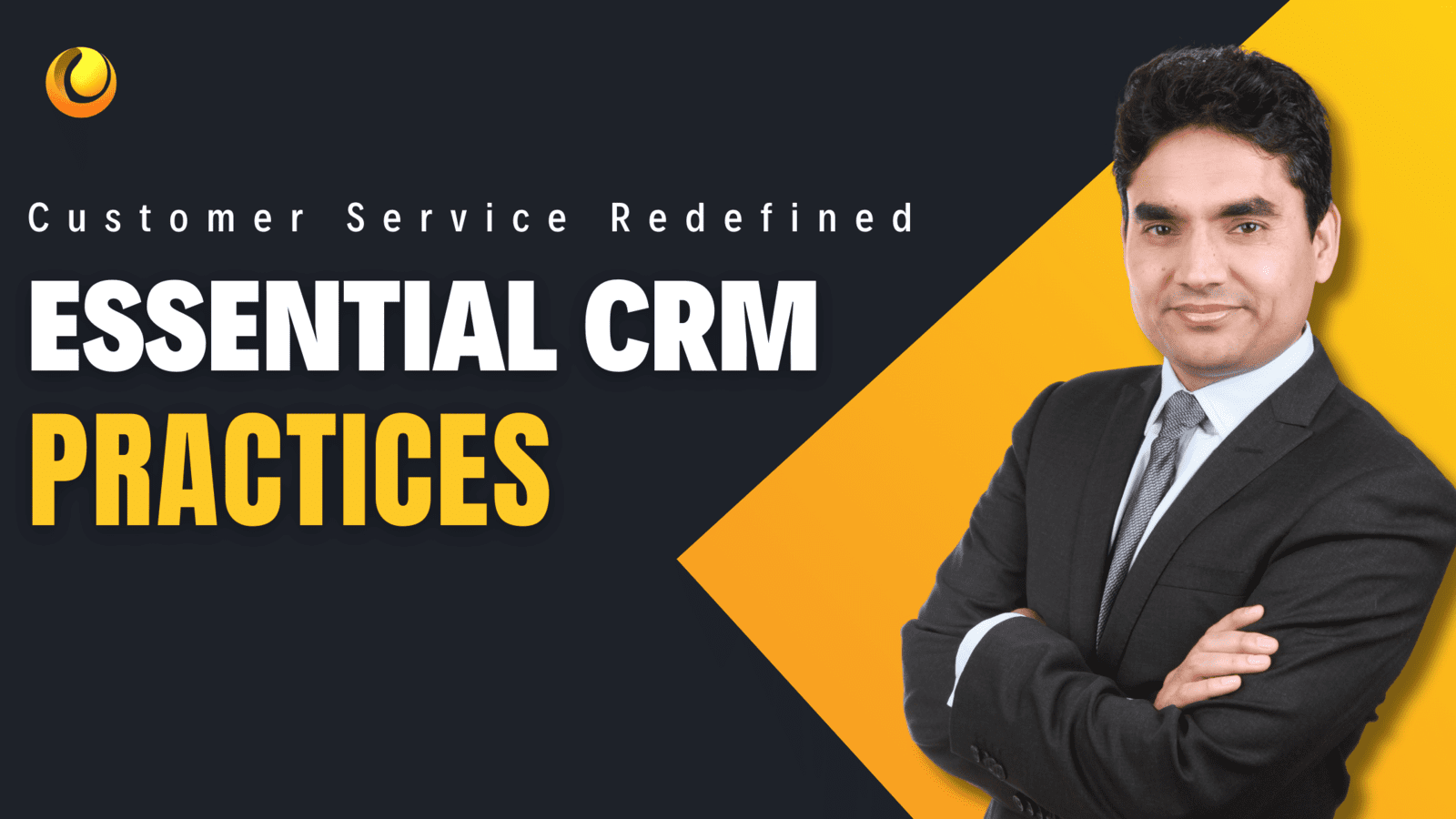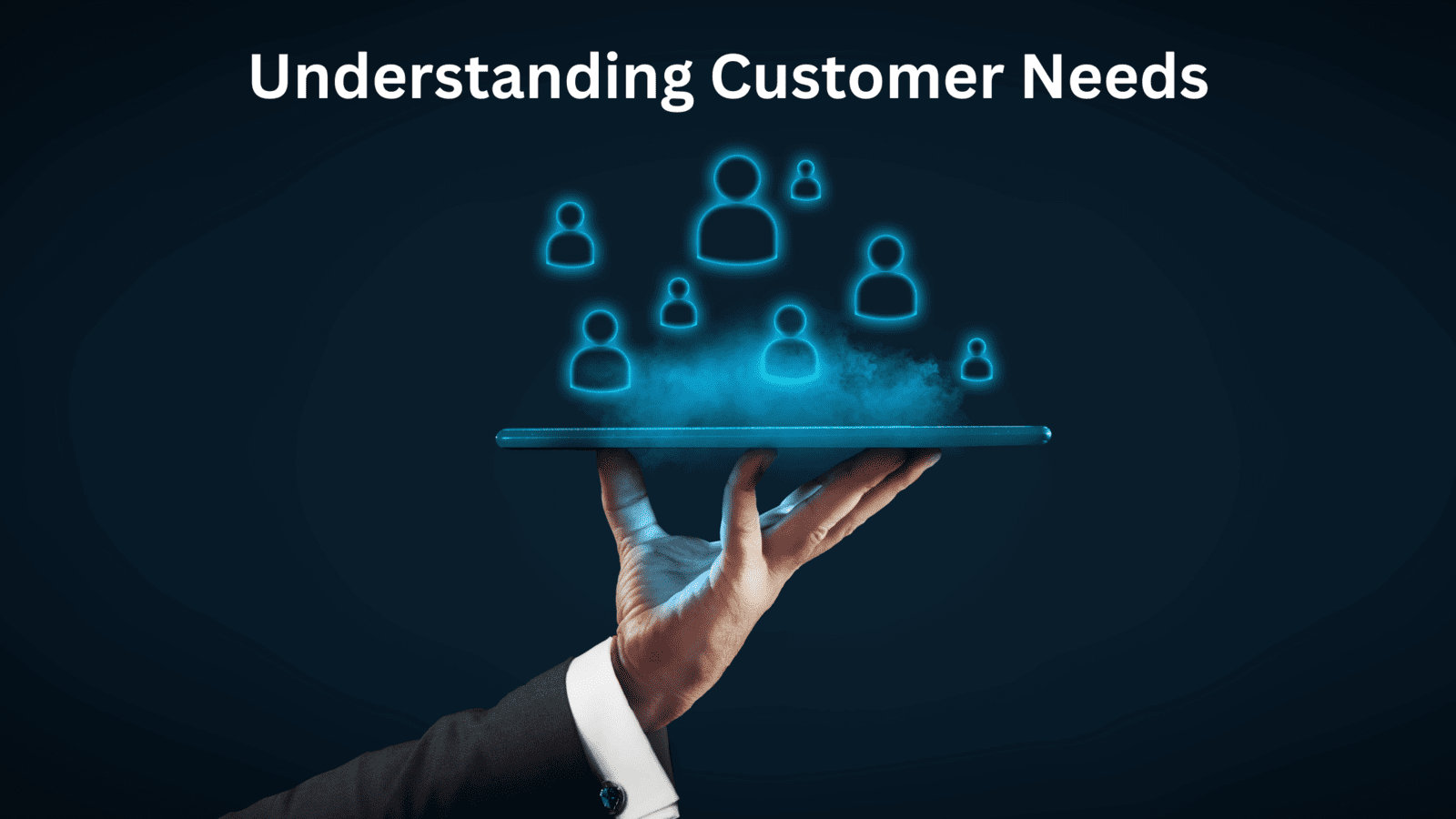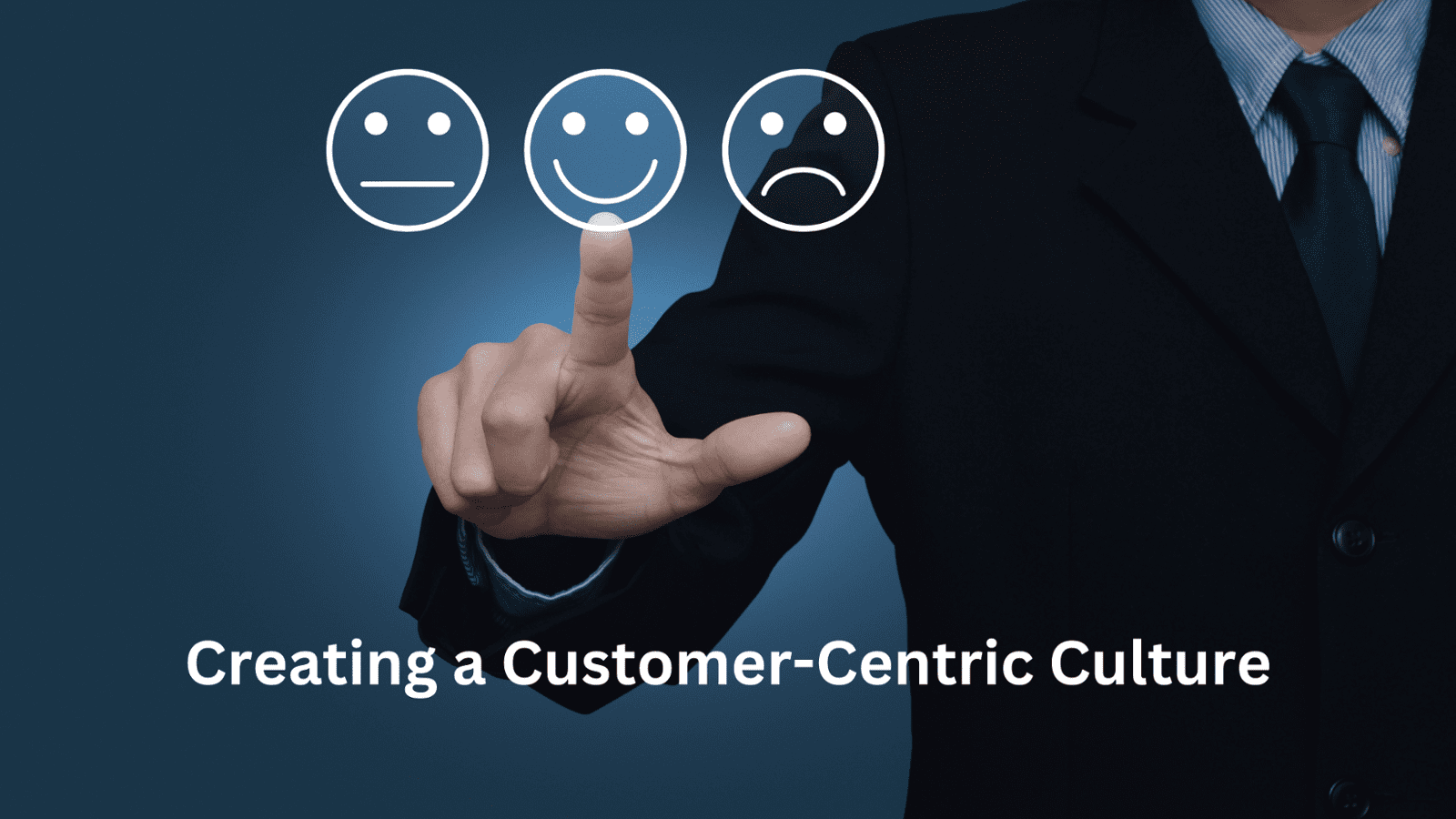In today's tough and competitive business world, where keeping customers happy is crucial, companies are increasingly using Customer Relationship Management (CRM) systems to improve their customer service. In this article, we will discuss the best practices that can greatly enhance customer service through the effective use of CRM.

Introduction
Customer service is like the backbone of any successful business. It's not just about solving customer problems; it involves understanding what customers need, knowing their preferences and providing personalised solutions. CRM, as a strategic tool, plays a crucial role in achieving these goals by seamlessly fitting into the customer service framework.

Understanding Customer Needs
Choosing The Right CRM System
Employee Training On CRM Usage

Data Security And Privacy
As businesses handle vast amounts of customer data, ensuring its security and privacy is non-negotiable. Adhering to regulations, implementing robust security measures and transparently communicating these efforts build trust among customers. The main concerns are minimising breaches, financial losses, and reputational damage, all of which depend on sensitive customer information.
Some best practices organisations can follow to strengthen the data security of a CRM include:
- Tight Access Controls
- Data Encryption
- Data Backup on Scheduled basis
- Software and System Update
- Data Retention Policy
- Monitoring of Activity and Employee Training
Analysing Customer Data
Automation For Efficiency
Streamlining processes through automation not only saves time but also ensures efficiency. Incorporating artificial intelligence (AI) and chatbots in customer service operations can significantly enhance the speed and accuracy of issue resolution. Automation can make your life easier and business grow faster.
Feedback Mechanisms
Customer feedback is invaluable. Implementing effective feedback mechanisms, such as surveys and reviews, provides insights into areas of improvement. A continuous feedback loop is vital for refining and evolving customer service strategies.
Measuring Customer Satisfaction
- CSAT: It inquires the rating of customers over a specific contact or entire process for an interaction with how satisfied they felt. It may be 1 to 5. This immediately provides customer feeling feedback.
- Net Promoter Score: It captures customer loyalty with the question: How likely will a customer rate the likelihood to recommend the product or service, and it scores them as promoters, passives, and detractors.
- Customer Effort Score: It is measured in terms of the ease with which the customers may obtain what they seek from your firm, asking instead how easy or hard it was to resolve some issue or get some job done.
- Social Media Monitoring: Mentioned and posted opinions of clients can be collected on social networking sites to immediately reveal the general sentiment and perception of the business.
- Email Surveys: After a service encounter or post purchase, customers may be emailed a survey for their feedback.
Establishing key performance indicators (KPIs) for measuring customer satisfaction is essential. Regular performance reviews, adapting to feedback and making necessary adjustments based on KPIs ensure continuous improvement.






